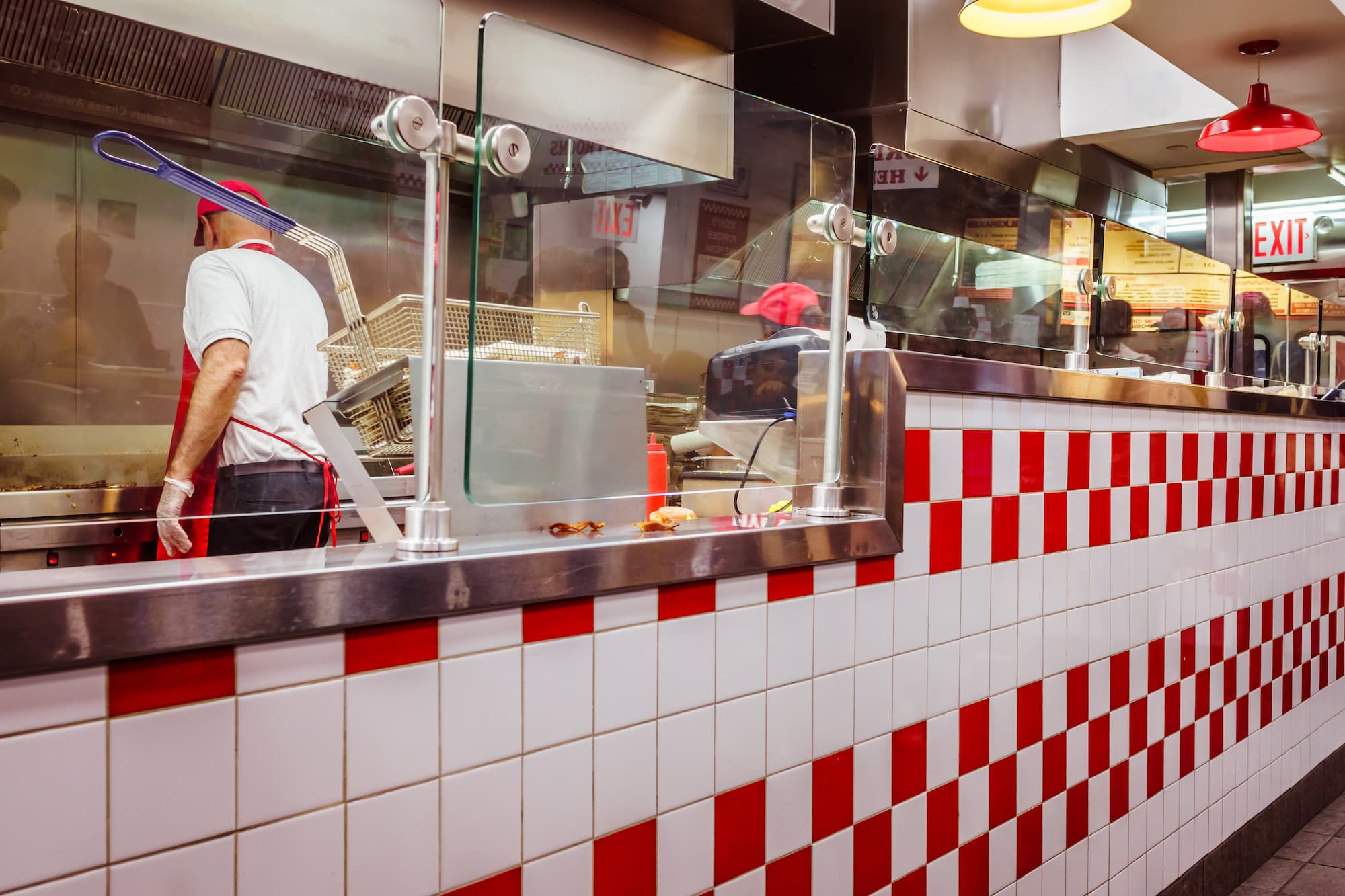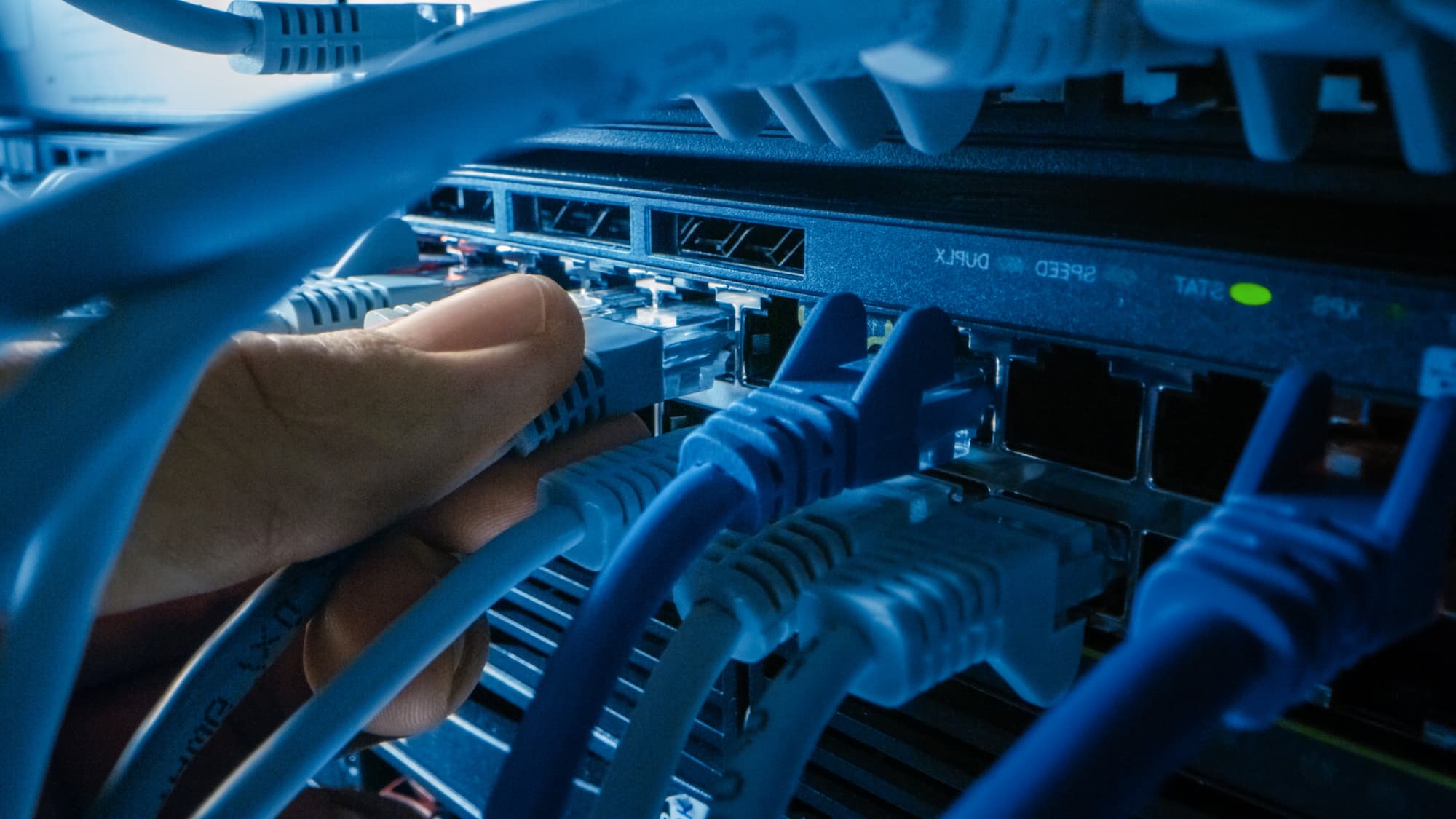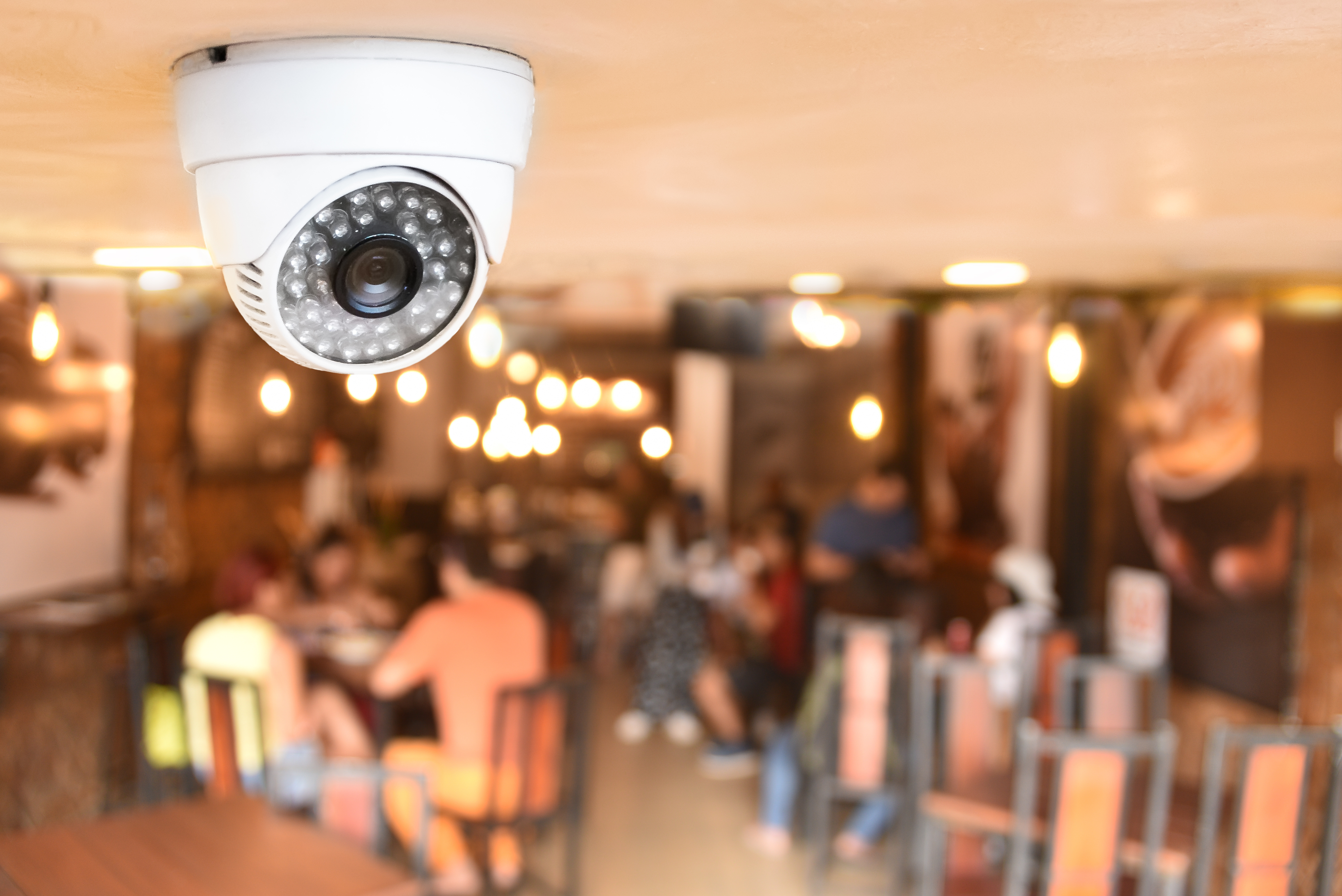As a managed service provider (MSP) or original equipment manufacturer (OEM), you probably already know the value of offshore technology implementation services. Outsourcing your IT services, like anything else, allows you to scale without hiring more full-time employees, so you can concentrate on your core business.
But what about when you encounter projects that are beyond routine network maintenance and require specific expertise or project coordination — perhaps beyond the scope of what your team normally provides?
Let’s look at the quick service restaurant (QSR) industry, for example. As QSR tech evolves and restaurants’ needs change, MSPs and OEMs need to bolster their talent pools to handle more advanced installations and upgrades. For many, these challenges are best addressed through outsourcing their restaurant IT deployments.
The Benefits of Outsourcing Restaurant IT Deployments
We covered this subject briefly back in November 2019 with our blog “4 Reasons to Outsource Your Digital Signage Deployment.” The advantages — cutting costs, simplifying workflow, and improving customer experience — apply to all kinds of restaurant IT deployments, not just menu boards and digital displays.
However, those aren’t the only benefits of this model. Outsourcing restaurant IT deployments helps OEMs reach clients outside their normal coverage area. Likewise, it can help OEMs, MSPs, and even end clients quickly respond to new QSR trends, such as the current increase in automation technologies.
Outsourcing & The Automation Imperative
According to QSR Magazine and Polaris Market Research, the use of automation, robotics, and artificial intelligence in the quick service industry has increased significantly. These advanced tools have been found to increase QSR efficiency, cut costs, and provide valuable insights into daily operations. The COVID-19 pandemic also accelerated the adoption of this technology to safeguard health and safety.
When it comes to QSR automation, though, the internet of things (IoT) — meaning networked gadgets, controls, and work savings automation — reigns supreme. Drive-thru timers, for example, help to eliminate bottlenecks, while IoT-enabled appliances improve food safety through temperature and humidity monitoring.
When a restaurant wants to implement a new QSR automation tool to save labor and operating costs, for example, this new system or device must be compatible with the rest of their IT infrastructure. If not, buyer’s remorse will set in. It’s like installing a payroll accounting system that doesn’t deposit paychecks or adopting an inventory accounting system that runs independently of stockroom management.
MSPs and OEMs can’t rely on a standard IT team to get these tools up and running. They need a qualified restaurant IT deployment partner with industry experience to help them deploy QSR technologies correctly on the first visit. They also need responsive support to maintain this technology over time — especially as the tools evolve. Outsourcing can help them accomplish these goals.
Outsourcing can help MSPs and OEMs find qualified technicians specializing in these emerging technologies. No matter what your QSR clients need, you’ll always have a technician with the right skill set ready to go.
Summary & Takeaways
Outsourcing can help MSPs and QSR operators remain resilient and agile — especially as automation tools continue to evolve and other QSR trends emerge.
If you or your client are looking for global field technicians to install or repair QSR technologies, call Kinettix. Our highly skilled field technicians and project coordinators have years of experience helping MSPs and OEMs scale service delivery and meet client demand. We are a skilled technology implementation services provider that acts as an extension of your team, delivering repeatable outcomes anytime, anywhere. We also leverage a fully integrated platform called Dispatch1 that simplifies single- or multi-unit restaurant IT deployments for repeatable, reliable success.
Editor’s Note: This blog was originally published on February 17, 2021, but has been updated and republished with more current information.






